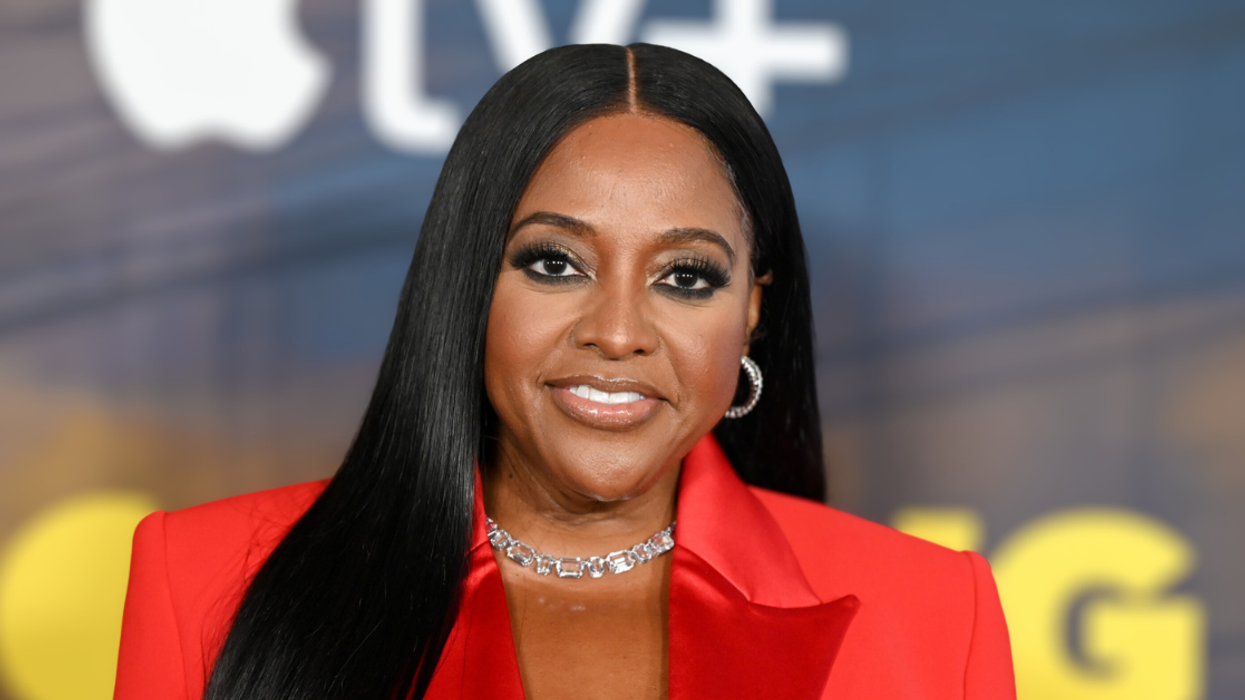Odds are you have one in your kitchen right now.
Perhaps you purchased it recently, after the 2015 ban of perfluorooctanoic acid (PFOA), a former Teflon additive that’s been linked to cancer and birth defects (and that’s detectable in the blood of nearly all of Americans). Or maybe it’s the one you bought for your dorm in the ’90s and still hold onto for cooking eggs or pancakes.
Either way, your nonstick pan is probably not safe.
According to Cooks Illustrated, 70 percent of skillets sold today are nonstick, and for good reason: Their slick surface makes for easy cleanup and, for those looking to reduce calories in their meals, it obviates the use of oil or butter in cooking.
However, that convenient coating (which, if manufactured post-2015, is basically a resinous chemical called polytetrafluoroethylene [PTFE] that’s sprayed on like paint) can not only flake off, ending up in cooked food, but at temperatures higher than 600 degrees, it can break down and produce toxic fumes that fill your kitchen — fumes potent enough to kill birds.
“When you use a [nonstick] pan, you shouldn’t heat it without putting anything in it,” Dr. Tracey Woodruff, director of the Program on Reproductive Health and the Environment at UC San Francisco, told Salon.
“There have been reports of people heating those Teflon pans without adequate ventilation, and the birds in their house dying. When someone in the industry was asked about this, she said something like, ‘people should know better than to cook in an enclosed kitchen.’ Like, blaming the canary for being in the coal mine?”
Indeed, though PFOA has been banned, PTFE’s status as a safer alternative remains largely unproven, allowing chemical-industry giants such as DuPont, which makes Teflon, to continue selling the product to unsuspecting consumers.
Worse yet, in October 2017, the Environmental Protection Agency’s Nancy Beck, a Trump appointee who previously worked for the American Chemistry Council, changed the rules surrounding the regulation of chemicals like PFOA and PTFE, intentionally making it more difficult to track health effects.
“The EPA’s abrupt new direction on legacy chemicals is part of a broad initiative by the Trump administration to change the way the federal government evaluates health and environmental risks associated with hazardous chemicals,” reads a 2017 New York Times article on Beck’s decision, “making it more aligned with the industry’s wishes.”
So, how can consumers best protect themselves from PTFE? Choose naturally nonstick cookware made from cast iron, ceramic or stainless steel, or find cookware with a PTFE-free coating like silicone. Or, better yet, vote.
“You are never going to have 100 percent certainty on anything,” EPA scientist Wendy Cleland-Hamnett told The New York Times. “But when you have a chemical that evidence points to is causing fatalities, you err more on the side of taking some action, as opposed to ‘Let’s wait and spend some more time and try to get the science entirely certain,’ which it hardly ever gets to be.”














 @realDonaldTrump/Truth Social
@realDonaldTrump/Truth Social

 Who Does That Sutton Foster GIF by YoungerTV
Who Does That Sutton Foster GIF by YoungerTV  garlic cooking GIF
garlic cooking GIF  Red Hair Wow GIF by CompanyCam
Red Hair Wow GIF by CompanyCam  Lightning Thunder GIF by Tec de Monterrey
Lightning Thunder GIF by Tec de Monterrey